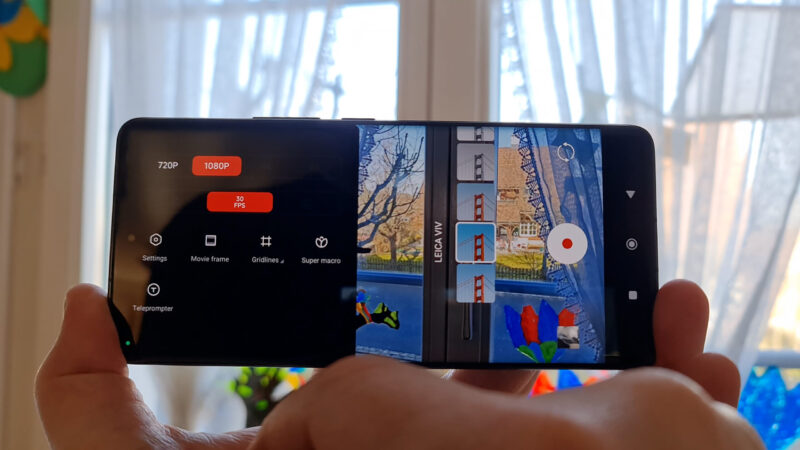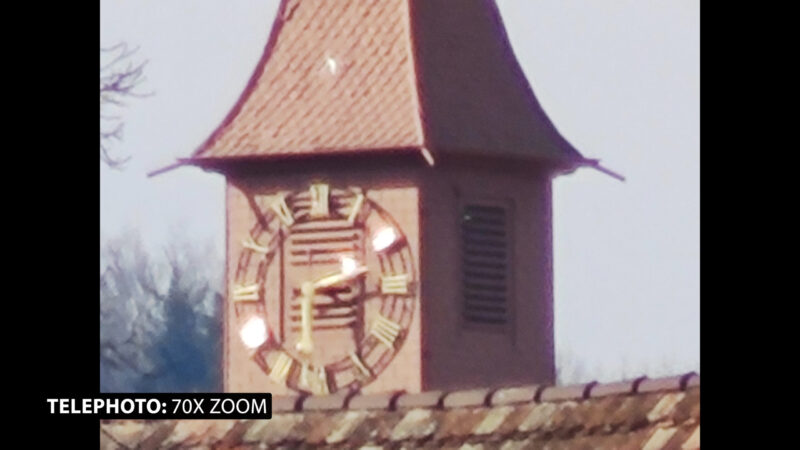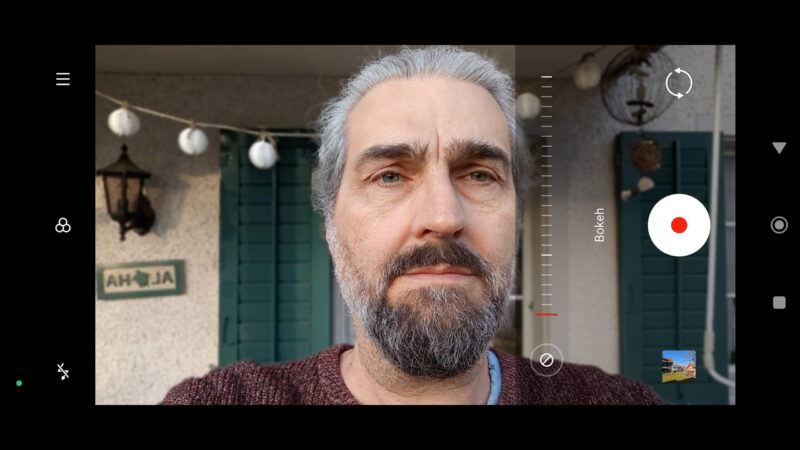Xiaomi 13 Pro – EXPERT Camera Review
I’m a filmmaker who uses smartphones. And in this article, I’m going to tell you about the new Xiaomi 13 Pro. And this is a Dolby Vision video, so we can compare this device’s Dolby Vision with the iPhone 14 Pro’s.
When I started my YouTube channel, my only camera was a Samsung S9. And the curved display of the Xiaomi 13 Pro makes this phone look a lot like a larger version of the S9.
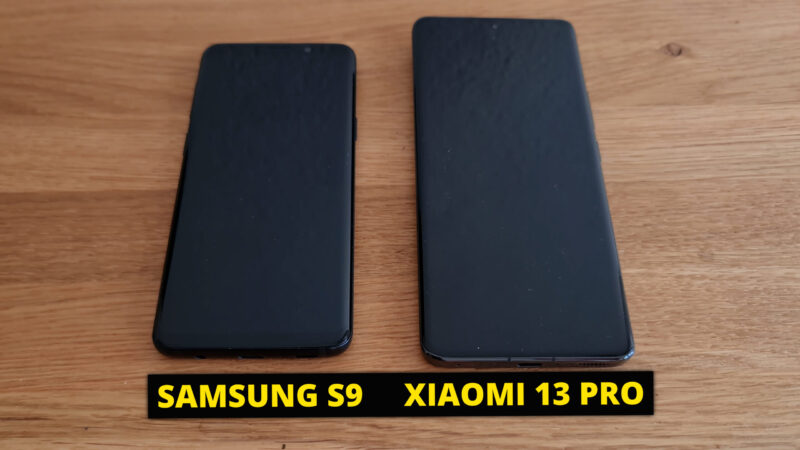
It’s very shiny which looks nice until you start getting fingerprints on it. Because I’m one of those weird people who doesn’t use a case (unless I’m attaching lenses to it).
Xiaomi 13 Pro – Cameras
The Xiaomi 13 Pro comes with lenses by Leica, wrapped up in this camera block with futuristic-looking rounded edges. In photo mode, you now get 2 different style options: Leica Vibrant and Leica Authentic.

In the camera app, in photo mode, there’s a button to switch between the 2 looks.
If you want to use the Leica looks on a video, tap the filter button and it’s the first 2 options, this time called Vivid and Natural. There are Leica black and white filter options too. The downside is you are limited to 1080p and 30fps when using these colour filters.
Main Camera
The Xiaomi 13 Pro main camera has a Sony IMX 989 1-inch type sensor with 50.3 MP. This is a sensor Sony and Xiaomi developed in collaboration and is the same as the one in the Xiaomi 12S Ultra.
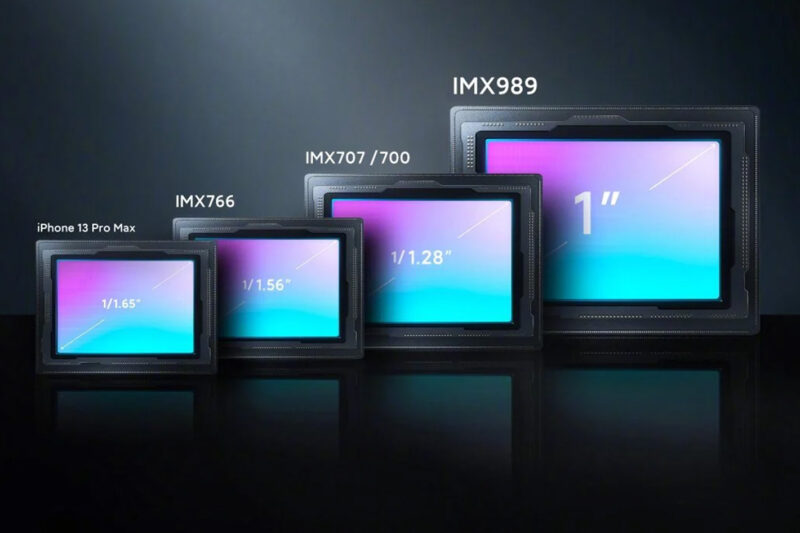
And, by the way, while the Sony IMX 989 is called a 1-inch type sensor, it doesn’t actually measure 1 inch. Well, no 1-inch sensors do, for historical reasons. So how big is this sensor actually? Well, if this sensor size comparison image (above) I found is true, it’s pretty huge isn’t it?
How does having a bigger sensor make a difference? In theory, it should offer greater dynamic range, which means you should see more detail in the shadows and highlights. It should be better at capturing light, which means better in low light with less noise produced.
More specs: the main camera is a 23mm equivalent with an f1.9 aperture. And stabilisation comes in the form of Xiaomi’s HyperOIS.
So it’s another Android with a big main sensor. But is it the best of the crop?
The Best of the Crop?
Talking of cropping things, look at this.
Let’s head over to Pro mode, because some settings and features are only available in this mode. First thing I noticed was how much digital stabilisation crops the image. In Pro mode you can go into settings and turn it off and see how much extra sensor you get.

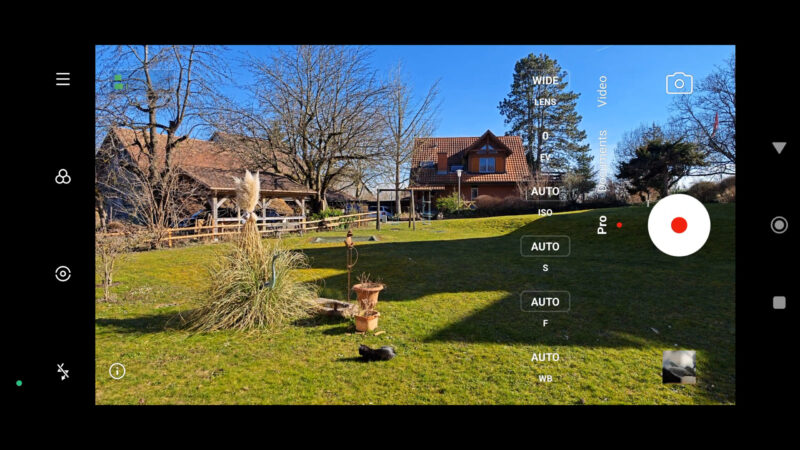
Quite a big difference isn’t it. So that gives you an idea of the amount of pixels that you’re losing when you have the stabilisation switched on.
Frame rate & Resolution
In both pro and regular video mode, the 13 Pro can shoot 8K at 24fps. With 4K or lower resolution, there’s 24fps, 30fps and 60fps available.
However, when we switch to the 32 MP selfie camera, we get a rather disappointing 1080p @ 30fps maximum.
I know this is a much more budget device, but these days I often use my iPhone 14 Pro selfie camera as my main camera, it’s that good. 4K, 60fps, cinematic mode, ProRes, Dolby Vision all included.
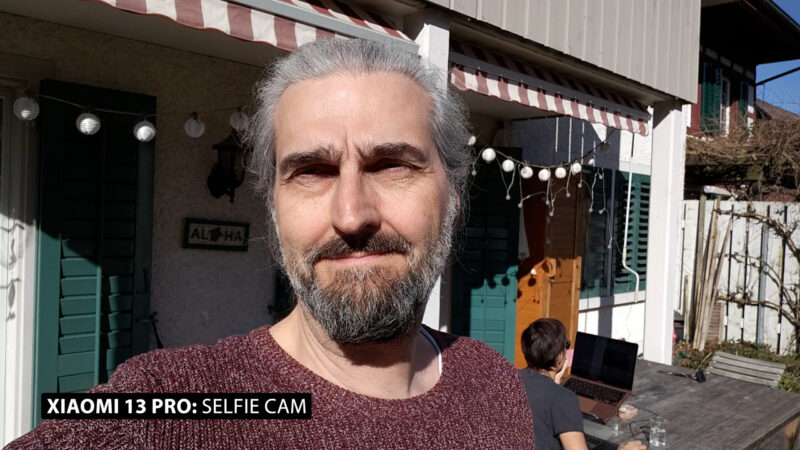
30fps, fine. But 1080p? On a device using a Snapdragon 8 Gen 2 processor? Even my 5 year old Samsung S9 can shoot 1440p with the front cam. That said, the Xiaomi selfie cam does at least support Dolby Vision.
Other Cameras
Apart from the main camera, there’s a 50 MP, f/2.2, 14mm, ultrawide with a 115˚ field of view.

They’ve also got inspiration from the iPhone with the 2x tele button, which isn’t an extra lens. Instead, it just zooms in on the main sensor.
So you need to tap the 3.2x button to switch to the dedicated tele lens, which is a 50 MP, f/2.0, 75mm equivalent, with phase detection autofocus. As well, this is Xiaomi’s new “floating” telephoto lens. The lens works by moving elements closer to focus on distant objects, then moving those lens elements further apart to focus on closer objects. This means the telephoto can focus on objects as close as 10cm.

When recording video, you can zoom in and out and switch between the 3 different lenses in one take. So you don’t need to stop recording and then switch lenses. There is a little bump when it switches lenses, but quite minimal and comparable to my iPhone 14 Pro.
For photos, the maximum zoom is 70x. But the image you get after about 20x is pretty messy. For video, you can go up to 15x zoom. The quality of the image at 15x zoom is not the best, but maybe acceptable if you really need to zoom to get the shot.
Xiaomi 13 Pro – Portrait Mode
Portrait mode for video is now enabled using this F button. Tap the button and swipe to apply how much bokeh you want. The lower the number the more blurry the background.
You can use this on the main camera, the tele lens and the selfie camera.
Xiaomi 13 Pro – First Impressions
I went out and shot some video, using all the cameras. I tried regular video mode as well as Pro mode.
Looking back at the footage, I really like the natural looking colours and I really like the look of the tele lens. I think it’s one of the best smartphone teles I’ve used. Often when you switch to a tele lens, you feel like you are taking a step down in quality, but the Xiaomi 13 Pro tele stands alongside the main sensor.
In a lowish light, there was a little bit of noise but it’s nice noise. When you get blocky artefacts, that looks ugly. But this is more like film grain.
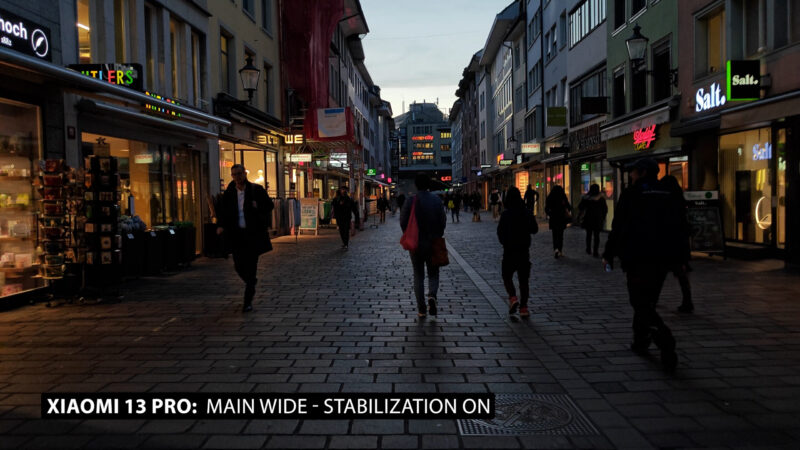
To my eyes, this footage has a nice quality to it. The image is clean, it’s not oversharpened and there’s a nice level of contrast.
As the light started to drop, there was more noise in the image as you would expect. And the digital stabilisation starts to leave artefacts in the video. The darker it gets, the more the stabilisation struggles.
But this is what you would expect from a mid range Xiaomi.
There are still some flickers that you get from the computational features like dynamic tone mapping and digital stabilisation. But I don’t think it’s as bad as previous devices. If you switch into Pro video mode, with stabilisation switched off, there’s no flickering.
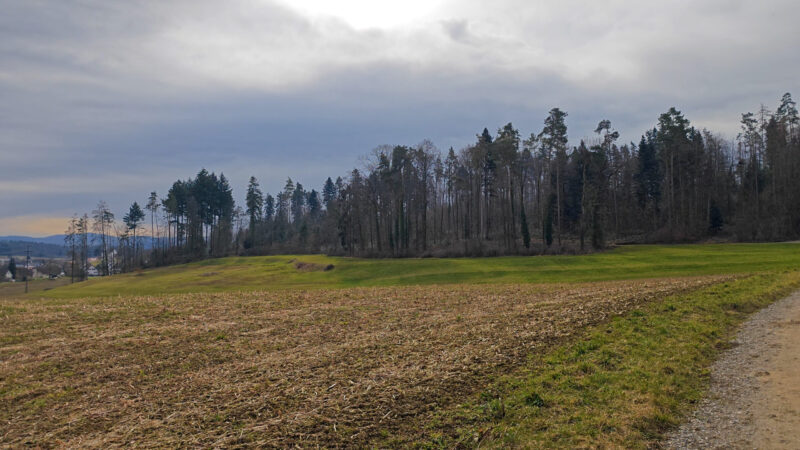
I also like the way the autofocus adjusts smoothly.
Stabilisation
The stabilisation is really effective in the Xiaomi 13 Pro. But considering how much of the frame it crops to achieve it, you would expect it to be good. It suspect the main use of the big sensor is for better stabilisation, rather than better quality images.
Macro
In Photo mode, the camera app detects when an object is close enough to use the Macro camera and automatically switches. You can see this red macro button switch on as you move closer to the object. If you’d rather not use the macro, tap to switch it off.

In video mode, you need to open settings and switch on the macro camera. I think it looks pretty good. And you can shoot full 4K video with the macro as well. And it even supports up to 60fps frame rates.
Dolby Vision
This is the first time I’ve seen Dolby Vision in an Android, but apparently Xiaomi have included it in some of their devices before this one. Dolby Vision is a form of HDR video which includes dynamic metadata.
And that metadata is used to adjust and optimise each frame of the HDR video to the consumer display’s capabilities, in a way that is based on the content creator’s intents. Thing is, you can’t use Dolby Vision footage alongside regular footage when you’re editing. So, if you see any reviews with shots of Dolby Vision footage beside regular footage, you probably aren’t seeing Dolby Vision footage.
To make sure you’re truly seeing Dolby Vision footage on YouTube, check the settings cog, which should say HDR. If it doesn’t say HDR then you’re not watching HDR content.
Whereas in iPhones it’s enabled by default, in a Xiaomi you need to enable it first.
Now, you can’t use Dolby Vision with the tele lens or the Ultra Wide lens. However, you can use Dolby Vision with the selfie camera. So if you intend to shoot and edit a sequence in Dolby Vision, you will only be able to use the main rear camera and front camera.
1080p Footage A Mess
Once I brought the 1080p footage from the Xiaomi 13 Pro to my MacBook Pro M2 Max for editing, I found the footage stuttered and the audio was out of sync. Find out what happened in my full video review above.
Videography – Beginner to Advanced
If you want to know more about filmmaking, my book Smartphone Videography – Beginners to Advanced is now available to download for members on Patreon. The book is 170 pages long and covers essential smartphone filmmaking topics:
Things like how to get the perfect exposure, when to use manual control, which codecs to use, HDR, how to use frame rates, lenses, shot types, stabilisation and much more. There’s also my Exploring the Film Look Guide as well as Smartphone Colour Grading.
Members can also access my regular filmmaking podcast, as well all 5 episodes of our smartphone-shot Silent Eye series, with accompanying screenplays and making of podcasts. There’s other materials too and I will be adding more in the future.
If you want to join me there follow this link.
Simon Horrocks
Simon Horrocks is a screenwriter & filmmaker. His debut feature THIRD CONTACT was shot on a consumer camcorder and premiered at the BFI IMAX in 2013. His shot-on-smartphones sci-fi series SILENT EYE featured on Amazon Prime. He now runs a popular Patreon page which offers online courses for beginners, customised tips and more: www.patreon.com/SilentEye


